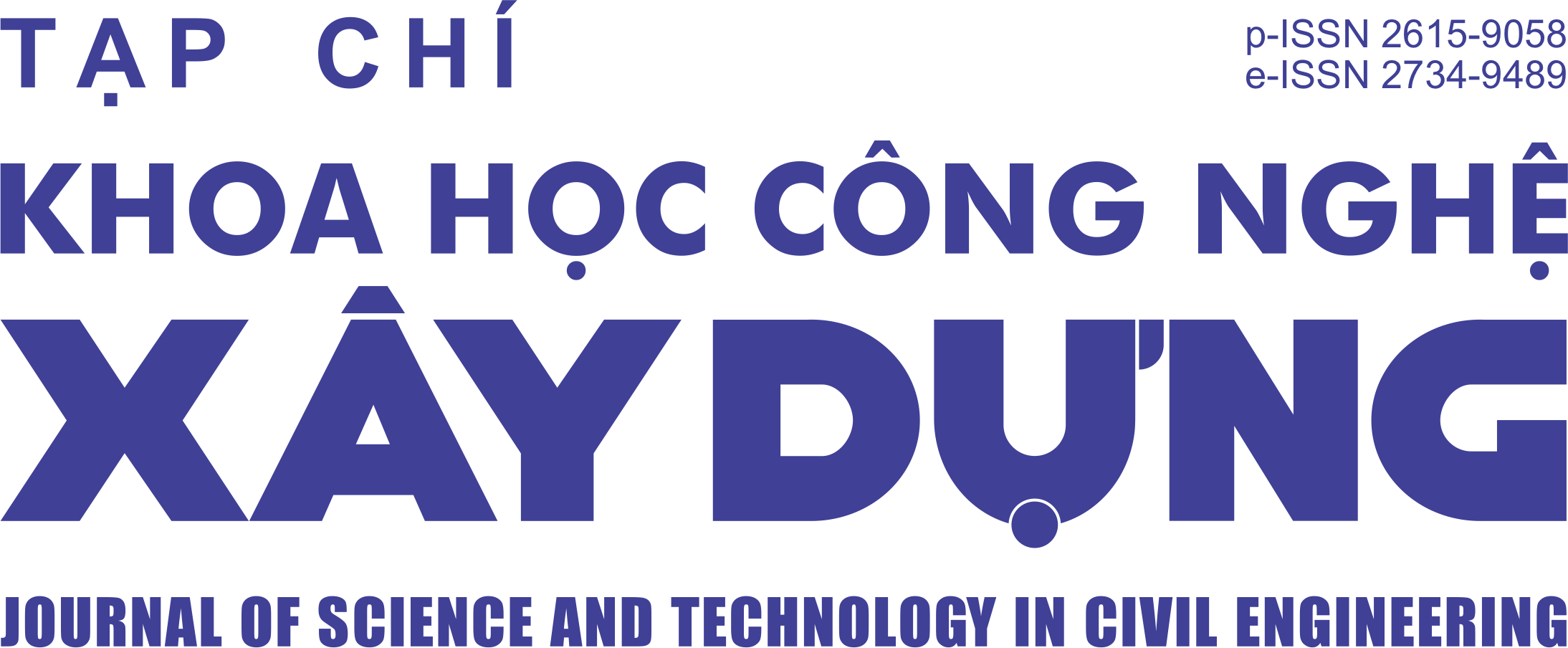Transformations of public space in Hanoi’s peri-urban traditional villages, with Nhat Tan village selected as a case study
Abstract
Peri-urban areas in developing Southeast Asia are undergoing profound transformations. Formerly agrarian places surrounding fast-growing agglomerations such as Bangkok, Jakarta, Manila, and Hanoi have become dynamic sites of encounter between urban and rural built forms, activities and ways of life. The resulting urban formations belie conceptions of a neat cleavage between city and countryside. Since at least the 1980s, rural traditional villages in Hanoi’s periphery have been absorbed into the urban fabric. The tightly bound community of traditional village life-based on religion, kinship ties and common use of space - has broken up. This paper outlines how public space in peri-urban villages has transformed - with the assumption that these changes are reflecting broader changes in the society. Relying on qualitative surveys and mapping, the research involved a case study of Nhat Tan village, a thousand-year old peach flower village strongly affected by Ciputra Hanoi (West Thang Long), the first new urban area in Hanoi. The research identifies emerging networks of public space that help to make the community resilient. The paper also contributes an initial exploration of the usage of the terms “public” space in the context of the contemporary Vietnamese city.
Keywords: Peri-urban, urbanization, globalization, public space, traditional village.
Received: September 19th, 2017; revised: October 27th, 2017; accepted: November 2nd, 2017
Downloads
1. The Author assigns all copyright in and to the article (the Work) to the Journal of Science and Technology in Civil Engineering (JSTCE) – Hanoi University of Civil Engineering (HUCE), including the right to publish, republish, transmit, sell and distribute the Work in whole or in part in electronic and print editions of the Journal, in all media of expression now known or later developed.
2. By this assignment of copyright to the JSTCE, reproduction, posting, transmission, distribution or other use of the Work in whole or in part in any medium by the Author requires a full citation to the Journal, suitable in form and content as follows: title of article, authors’ names, journal title, volume, issue, year, copyright owner as specified in the Journal, DOI number. Links to the final article published on the website of the Journal are encouraged.
3. The Author and the company/employer agree that any and all copies of the final published version of the Work or any part thereof distributed or posted by them in print or electronic format as permitted herein will include the notice of copyright as stipulated in the Journal and a full citation to the Journal as published on the website.







